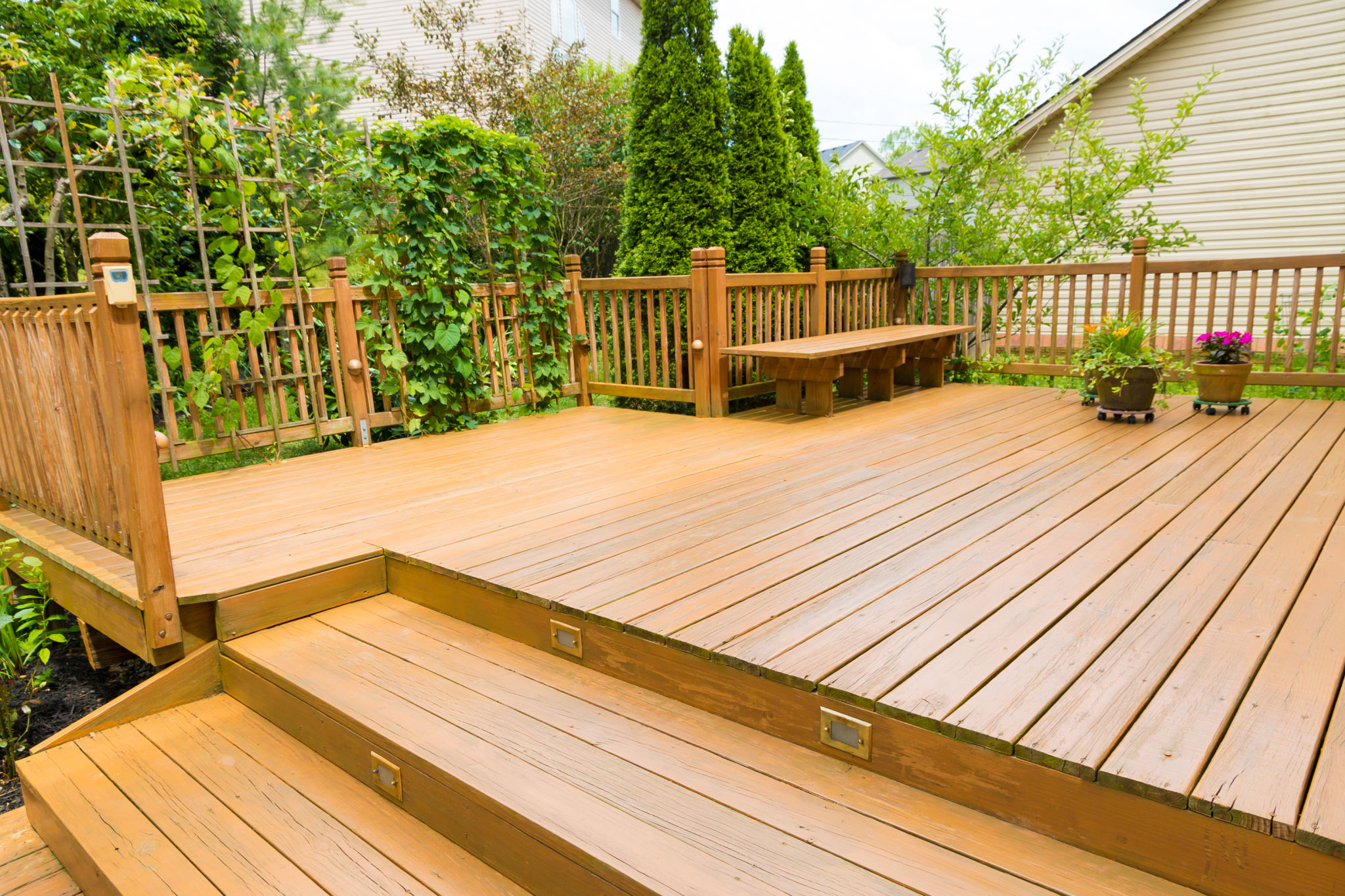The Ultimate Guide to Custom Deck Builds: Designing Your Perfect Outdoor Space
Understanding Your Space and Needs
Designing a custom deck begins with a thorough understanding of your available space and specific needs. Whether you have a sprawling backyard or a compact urban garden, the layout and features of your deck should complement your outdoor environment. Consider how you plan to use the space: will it be for entertaining guests, relaxing with family, or perhaps a combination of both?

Assessing the Environment
Before diving into design specifics, assess the environmental factors that could impact your deck. These include sunlight exposure, wind patterns, and proximity to trees or other structures. Knowing these details will help you decide on the best materials and layout. For instance, a shaded area might need more durable materials that can withstand moisture or falling leaves.
Choosing the Right Materials
The choice of materials is crucial in determining the longevity and aesthetic appeal of your deck. Common options include wood, composite, and PVC. Each material comes with its own advantages and considerations. Wood offers a natural look and feel but requires regular maintenance. Composite materials provide durability and low maintenance, while PVC is known for its resistance to weather and stains.

Weighing Costs and Benefits
When selecting materials, it's important to balance cost with benefits. While natural wood may initially be more affordable, the long-term maintenance costs can add up. Conversely, composite and PVC materials might have higher upfront costs but offer savings over time due to their minimal upkeep requirements. Consider your budget and how much time you're willing to invest in maintenance when making your choice.
Design Elements to Consider
A well-designed deck incorporates various elements that enhance both functionality and aesthetics. Think about incorporating features such as built-in seating, planters, or even a pergola for shade. These additions not only optimize space but also add character to your outdoor area. Custom railings or lighting can further personalize your deck, making it a true reflection of your style.

Incorporating Technology
Modern decks can benefit from integrating technology to enhance convenience and enjoyment. Consider installing outdoor speakers, Wi-Fi extenders, or smart lighting systems that can be controlled remotely. These tech enhancements can transform your deck into a fully functional outdoor living area where you can entertain guests or relax in comfort.
Planning for Maintenance
Regardless of the materials chosen, every deck requires some level of maintenance to keep it looking its best. Regular cleaning, sealing, or staining might be necessary depending on your material selection. Scheduling routine inspections can help identify any wear or damage early, ensuring your deck remains a safe and attractive space for years to come.

Professional Help vs. DIY
Deciding between hiring professionals or taking the DIY route is another consideration when building a custom deck. While DIY projects can be rewarding and cost-effective, they require a certain skill level and time commitment. Professional builders bring expertise and efficiency but come at a higher cost. Evaluate your skills, available time, and budget before deciding on the best approach for your project.
The Final Touches
Finally, adding personal touches to your deck can make it truly unique. Consider decorative elements such as outdoor rugs, cushions, or artwork that reflect your personality and style. These finishing touches not only enhance the visual appeal of your deck but also create an inviting atmosphere that encourages relaxation and enjoyment.
